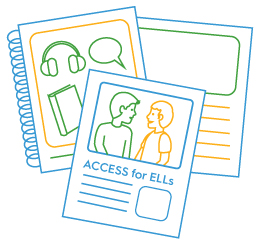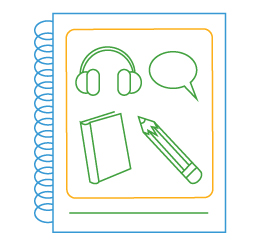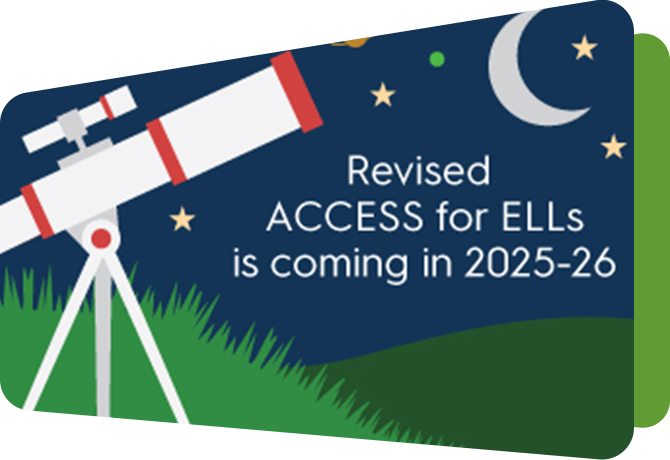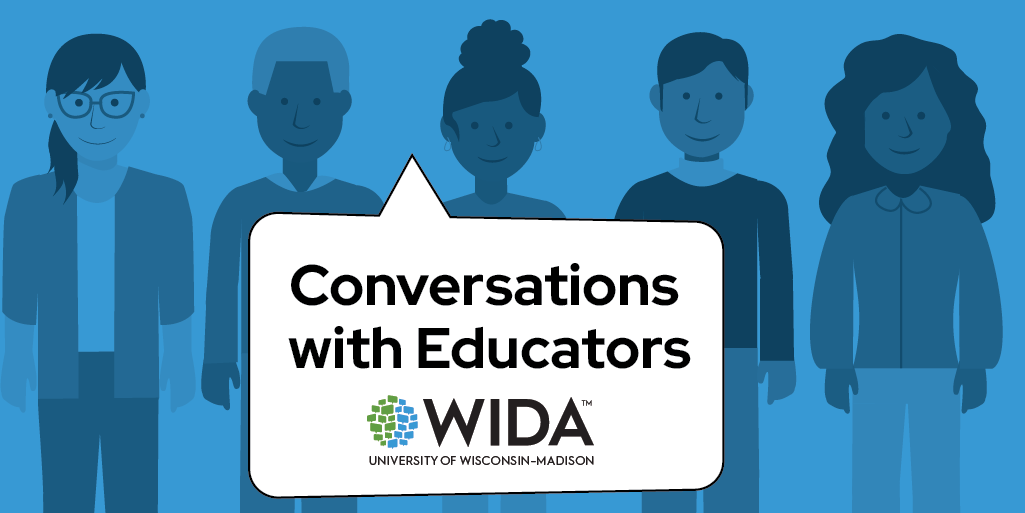Resources/Recursos
Featured Resources



All resources/Todos los recursos
Filter resources by:
Resources/Recursos
Awareness in Action
This WIDA Snapshot offers an introduction to awareness, one of the six ABCs of Family and Community Engagement. The ABCs of Family and Community Engagement are six key considerations for educators who support multilingual learners and their families and communities.
Resource DetailsReleased August 2025
Advocacy in Action
This WIDA Snapshot offers an introduction to advocacy, one of the six ABCs of Family and Community Engagement. The ABCs of Family and Community Engagement are six key considerations for educators who support multilingual learners and their families and communities.
Resource DetailsReleased August 2025
Building Trust in Action
This WIDA Snapshot offers an introduction to building trust, one of the six ABCs of Family and Community Engagement. The ABCs of Family and Community Engagement are six key considerations for educators who support multilingual learners and their families and communities.
Resource DetailsReleased August 2025
Gathering and Reflecting on Families’ Language and Cultural Goals
This WIDA Snapshot focuses on how you can gather information and reflect on the language and cultural goals families have for their children.
Resource DetailsReleased November 2022
Engaging with Families of Young Multilingual Children
This WIDA Snapshot is grounded in WIDA’s ABCs of Family Engagement and can be used to initiate reflection and conversation on local efforts to engage with families of multilingual children.
Resource DetailsReleased August 2022
Planning for Languaging and Learning
In early care and education (ECE) settings, planning for multilingual children includes fostering the many ways we use language to make meaning of our environments, experiences, and learning. This WIDA Snapshot includes ideas for gathering information from families, community members, and classroom observations to use while planning.
Resource DetailsReleased April 2022
Multilingual Children and Their Families
This WIDA Snapshot provides an overview of who multilingual children are, the benefits of promoting home language(s), and initial ideas for developing reciprocal partnerships with multilingual families.
Resource DetailsReleased February 2022




